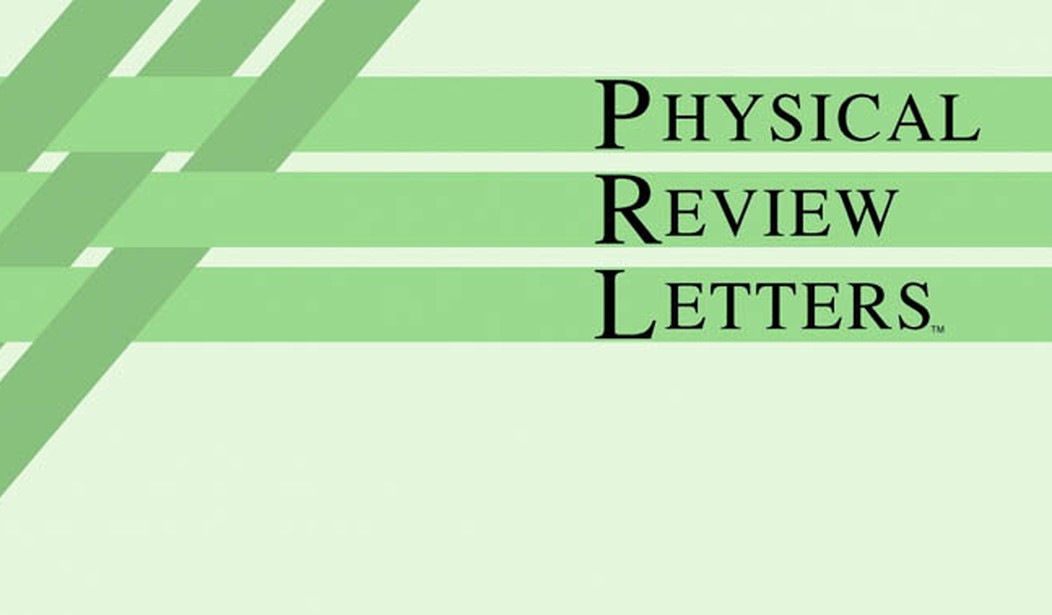Back in March a scientific discovery led by a researcher at the University of Rochester made a lot of news. Mechanical engineering professor Ranga P. Dias claimed to have found a mix of elements which, when compressed at thousands of times normal atmospheric pressure, exhibited superconductivity at up to 70 degrees Fahrenheit. However, there was an asterisk associated with the research because an earlier paper by professor Dias had been retracted by the journal that published it.
The editors of Nature retracted the earlier paper last year over the objections of Dr. Dias and the other authors…
Dr. Dias’s main antagonist is Jorge Hirsch, a theoretical physicist at the University of California, San Diego. He focused on the measurements that Dr. Dias’s group had made of the response of the carbon-sulfur-hydrogen compound to oscillating magnetic fields, evidence of the Meissner effect. The plot in the paper seemed too neat, and the scientists did not explain how they had subtracted out background effects in the plot.
When Dr. Dias released the underlying raw data, Dr. Hirsch said, his analysis indicated that it had been generated by a mathematical formula and could not be actually measured in an experiment. “From a measurement, you do not get analytic formulas,” Dr. Hirsch said. “You get numbers with noise.”
Today, another journal had decided to retract a paper involving Dr. Dias. This one wasn’t related to superconductivity but also appears to involve fabricated data.
The retracted paper does not involve superconductivity but rather describes how a relatively mundane material, manganese sulfide, shifts its behavior from an insulator to a metal and then back to an insulator under increasing pressure.
A complaint that one of the graphs in the paper looked fishy led the journal, Physical Review Letters, to recruit outside experts to take a closer look.
The inquiry arrived at disquieting conclusions.
“The findings back up the allegations of data fabrication/falsification convincingly,” the journal’s editors wrote in an email to the authors of the paper on July 10.
The authors were given a choice to retract the paper themselves or to have it retracted without their approval. The paper hasn’t been formally retracted yet because they’ll be given some time to defend themselves but it’s not looking good. During the review process, four anonymous scientists looked over the published data and then tried to replicate it using the raw data provided by Dr. Dias.
All of the reviewers noted that when they plotted Dr. Salamat’s data on a chart, they did not see kinks visible in the published graph. “The alleged ‘raw’ data appears to be a smoothed and otherwise doctored version of the data shown” in the journal article, Reviewers Alpha and Beta wrote…
The reviewers also learned that the graph of data used in the paper appeared identical to a graph Dias had used in his dissertation involving a different experiment.
None of this directly involves the March paper with the finding of a room temperature superconductor but once there are two retracted papers involving manufactured data from Dr. Dias his credibility is pretty low.
This news comes just a week after Stanford’s president resigned after some dubious data was found in some of his published work.
Marc Tessier-Lavigne, a renowned neuroscientist, announced on Wednesday that he would step down from his position as president of Stanford University, after the release of an external review of his scientific work found fault with several high-profile journal articles published under his purview…
A committee drafted the review in response to allegations that Dr. Tessier-Lavigne was involved in scientific misconduct. Five well-known biologists and neuroscientists were on the committee, including Randy Schekman, who won the 2013 Nobel Prize for Physiology or Medicine, and Shirley Tilghman, who served as president of Princeton University from 2001 to 2013. In its report, which focused on 12 academic papers, the committee said there was no evidence that Dr. Tessier-Lavigne had knowingly falsified data or withheld such information from the public.
But the committee noted that “multiple members of Dr. Tessier-Lavigne’s labs over the years appear to have manipulated research data and/or fallen short of accepted scientific practices,” pointing out multiple errors in the five papers for which Dr. Tessier-Lavigne had led or overseen the research. In response, Dr. Tessier-Lavigne vowed to retract three of the five articles, request major corrections for two and step down from his position as president.
Even if he wasn’t personally responsible for the fraud in those cases, the fact remains that there was fraud taking place among students he supervised. It makes you wonder how often this sort of thing happens. Obviously, everyone in these fields has a job in which advancement is directly connected to publication, the more groundbreaking the results the better. That would seem to provide a strong incentive to cheat rather than publish boring results.








Join the conversation as a VIP Member